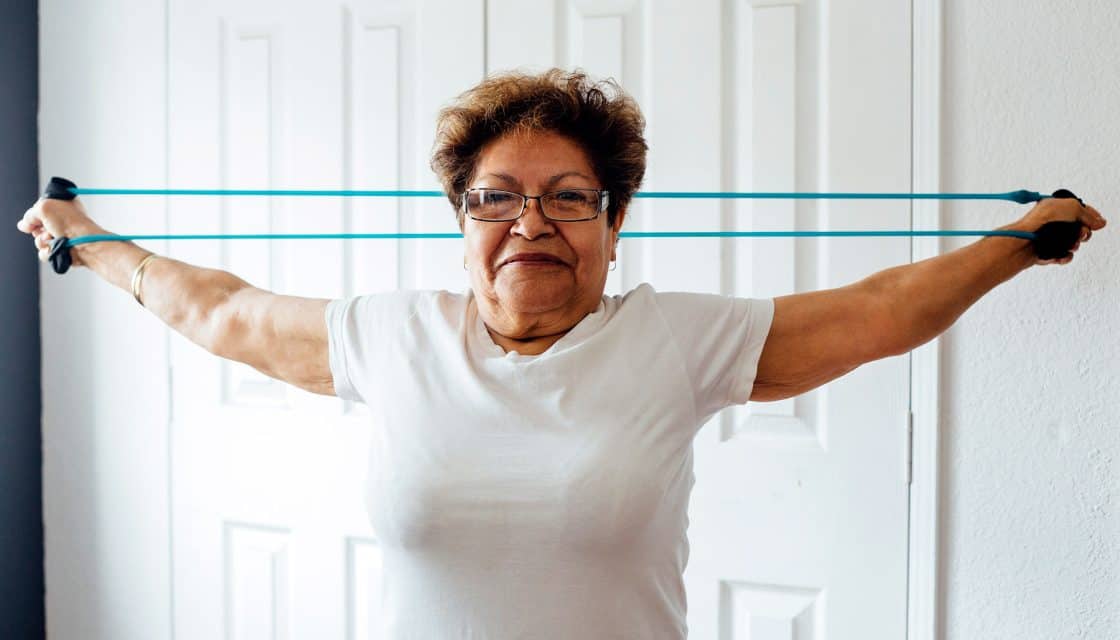
Mayo Clinic does not endorse companies or products. Advertising revenue supports our not-for-profit mission.
Healthcare professionals from around the world frequently refer people to Mayo Clinic neurologists who specialize in diagnosing and treating rare conditions like chronic inflammatory demyelinating polyradiculoneuropathy (CIDP).
Many of the people referred to Mayo Clinic have spent years in search of a correct diagnosis and treatment, all the while dealing with symptoms that progressively worsen. Some have been incorrectly diagnosed with CIDP — but further testing reveals they, in fact, have a different disease. Others have been diagnosed with other diseases, but further testing reveals they actually have CIDP.
“Getting the proper diagnostic test is essential,” says Divyanshu Dubey, M.B.B.S., a neurologist specializing in CIDP treatment at Mayo Clinic.
When diagnosed early in the disease, CIDP is treatable, often leading to a full recovery. However, without proper testing, the condition is often misdiagnosed. This delays effective treatment and reduces someone’s chances of becoming symptom-free.
Tests used to diagnose CIDP
Before you undergo diagnostic testing, your healthcare professional will likely gather information about your symptoms and family history as well as complete a thorough physical exam. Based on that information, your healthcare professional will decide which of the following tests you need.
Electrodiagnostic testing
Also called a nerve conduction study, an electrodiagnostic test examines how your nerves communicate electrical impulses. If you have CIDP, the test can reveal nerve conduction problems, meaning some nerve signals are either delayed or absent.
A healthcare professional will attach electrodes to your skin. Some electrodes will deliver impulses to your nerves, while others will record your nerve or muscle response to those shocks. During the test, you may feel a burning or tingling sensation and your muscles might twitch.
Blood testing
Your blood may be analyzed to see if you might have another disease that can mimic CIDP.
Depending on your symptoms, your healthcare professional also may use your bloodwork to see if you have specific antibodies associated with some of the conditions that mimic CIDP. Developed by Mayo Clinic Laboratories, these specialized tests look for specific antibodies involved in some forms of CIDP.
“Nearly 10% of all patients with a CIDP-like presentation have these antibodies,” says Dr. Dubey.
If your bloodwork reveals you have either of the following antibodies, it will affect your treatment plan.
- Neurofascin-155 (NF155).
- Contactin-1 ( CNTN1).
Unlike people without these antibodies, you likely have limited response to intravenous immunoglobulin, which is the typical CIDP treatment. Instead, your healthcare professional will likely recommend you undergo a different infusion therapy such as rituximab (Rituxan).
Another blood test offered by the Mayo Clinic Neuroimmunology Laboratory can detect whether you have a third antibody called myelin-associated glycoprotein (MAG). If testing reveals you have this antibody, it’s a sign you have a rare variant of CIDP called distal and sensory predominant CIDP (DADS).
Read more: How to reap the benefits from CIDP treatments
Lumbar puncture
If your nerve conduction and blood tests are inconclusive, your healthcare professional might decide to examine your spinal fluid.
During this test, a healthcare professional inserts a hollow needle into a space in your spinal column, using it to withdraw spinal fluid.
Spinal fluid contains cells, water, proteins, sugars and other substances. People with CIDP tend to have higher amounts of certain types of proteins in their spinal fluid. An analysis of spinal fluid also can help rule out infections, cancer and other inflammatory conditions that can trigger symptoms similar to CIDP.
Neuroimaging
Magnetic resonance imaging (MRI) can allow your healthcare professional to see where and how severely your nerves are damaged. The test is often used only if healthcare professionals suspect a hard-to-diagnose subtype of CIDP.
During the test, you’ll lie inside a powerful scanner that uses a magnetic field and radio waves to see the nerves inside your body.
Nerve biopsy
This test is often done only if other tests are inconclusive. Your healthcare professional surgically removes a small piece of nerve tissue and sends it to a lab for analysis.
Mayo Clinic does not endorse companies or products. Advertising revenue supports our not-for-profit mission.

Relevant reading
Mayo Clinic Guide to Arthritis, Second Edition
From the rheumatology experts at Mayo Clinic comes a complete guide on arthritis. This book is filled with proven, science-based research on arthritis and its related conditions, recommended treatment plans for relieving joint stiffness and pain, and essential self-care tips to help you live a life free from debilitating arthritis…




















